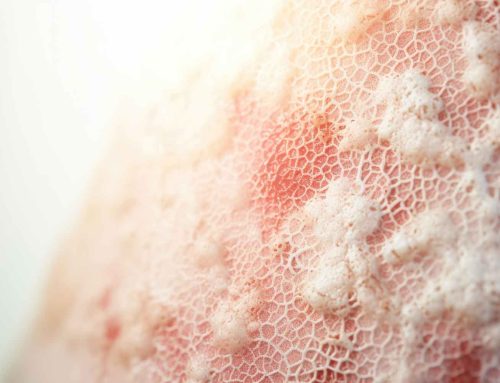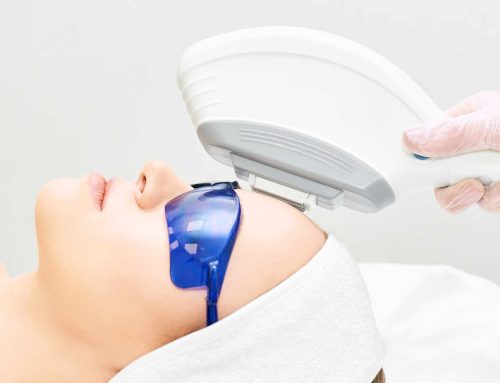Unlocking the Secrets of Hair Restoration: PRP vs. Exosomes
Hair loss can be a distressing experience, affecting both men and women alike. Patients have options for either surgical or non-surgical approaches. Surgical procedures (hair transplants) have certainly come a long way. However, they can be painful and potentially produce unnatural results with a price tag over $20,000. Fortunately, modern medicine has provided us with innovative, non-surgical solutions to combat this issue. Among these, Platelet-Rich Plasma (PRP) and exosomes have emerged as two promising treatments for hair restoration. In this post, we will delve into these cutting-edge therapies and explore how they can help you regain your confidence and a luscious head of hair.

Understanding Hair Loss:
Before we discuss the benefits of PRP and exosomes, it’s important to understand the primary factors responsible for hair loss. Genetics, hormonal changes, and medical conditions all contribute to hair thinning and balding. Therefore, it is essential to be evaluated by your dermatologist initially to be sure there are no reversible causes that must be addressed initially. Once medical conditions have been cleared, we are ready to begin non-surgical restoration!
Platelet-Rich Plasma:
Platelet-rich plasma (PRP) therapy is a minimally invasive procedure that has gained popularity in recent years for its impressive results in hair restoration. Platelets contain granules packed with growth factors. These growth factors directly stimulate the hair to enter the growth phase. Here’s how it works:
- Blood Extraction: A small volume (1-2 tubes) of the patient’s blood is drawn and placed in a centrifuge.
- Concentration: The centrifuge spins the blood, separating the platelets and plasma from the other components. This concentrated plasma, rich in growth factors, is termed “PRP”.
- Injection: The PRP is then injected into the scalp at targeted areas where hair loss is occurring.
One option here at Skin Care Physicians is the use of Platelet Rich Fibrin Matrix (PRFM). This option may actually work better as it keeps the platelets and their granules immediately adjacent to the hair instead of having the platelet rich plasma diffuse away from the target site. The reason for its improved hair growth is the platelets are kept at the injection site as they are trapped in a fibrin matrix. Think of this matrix like a spider web holding the platelets releasing their granules in place at the target follicles.
Exosomes:
Exosomes are tiny vesicles that contain growth factors, cytokines, and microRNAs. While they sound similar to PRP, they offer unique advantages:
- Unlike PRP, exosomes do not require blood extraction. They are derived from mesenchymal stem cells cultured in a lab.
- Exosomes are highly concentrated and loaded with growth factors and signaling molecules, making them incredibly effective in promoting hair growth.
- Exosomes can be tailored to meet specific patient needs, ensuring a personalized treatment approach.
Exosomes work by providing essential signals to dormant hair follicles, awakening them and encouraging the growth of new, healthy hair.
Exosomes are incredibly small molecules that can be applied directly to the skin surface topically or following superficial microneedling procedure.
Choosing the Right Treatment:
Both PRP and exosomes have shown impressive results in hair restoration, but which one is right for you? It often depends on your unique needs and preferences. The key to successful hair restoration lies in seeking the guidance of knowledgeable, experienced medical professionals who can customize the treatment to your specific needs.
At Skin Care Physicians of Georgia, we are committed to helping you achieve your hair restoration goals. Contact us today to schedule a consultation and start your journey to a more confident you.
Don’t let hair loss hold you back – discover the power of PRP and exosomes for hair restoration at Skin Care Physicians of Georgia.






